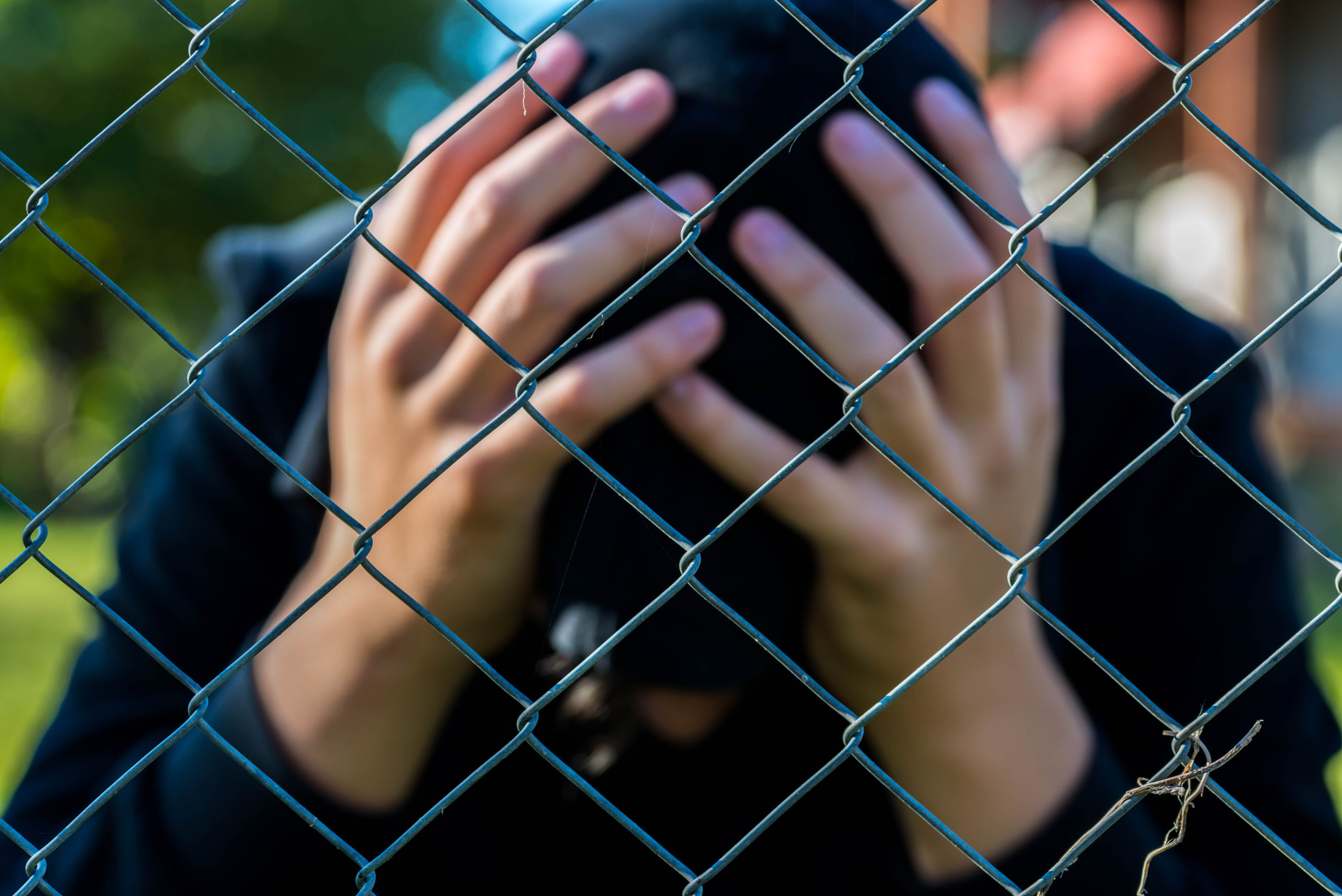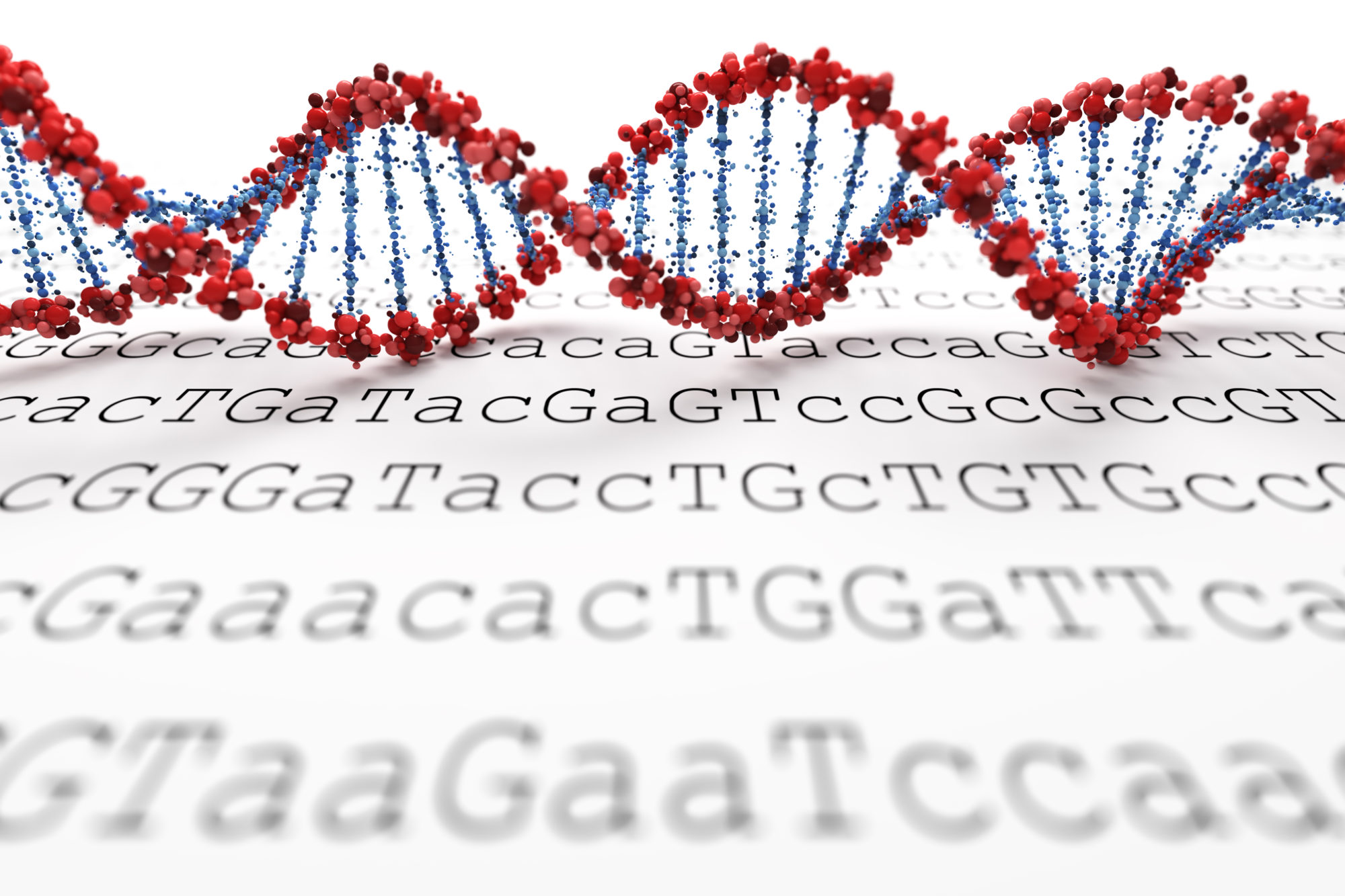What is the status of juvenile justice in California? That’s the question on a lot of minds as the state prepares to shutter the Department of Juvenile Justice. The intention is to keep juvenile defendants in their local community and focus on rehabilitation rather than serving sentences in state-run juvenile lock-ups.
As covered in our blog post on the subject last year, the move to create local youth treatment facilities and close the Department of Juvenile Justice began with Governor Newsom’s signing of SB 92 (California 2021 bill’s text available here). Coupled with the passing of SB 823, juvenile justice realignment goals include reducing recidivism by keeping kids near home while they serve the terms of their sentences and probation in a measured approach.
Because it is yet to be seen what community-based alternatives will look like across the state, the stakes are incredibly high as the Division of Juvenile Justice, or DJJ, moves toward becoming completely shuttered on June 30, 2023. Let’s look further into what this phased closing means for our youth, both statewide and on a local level.
THE DECLINE OF INCARCERATION LEVELS & THE FOCUS ON REHABILITATION
Statewide incarceration levels appear to be at an all-time low, as reflected by the data associated with those incarcerated in a youth correctional facility (California-wide).
“At its peak in 1996, about 10,000 youth were incarcerated at state-run facilities. As of last year, the system had seen a population decline of 93%, with about 750 youth confined,” states an article by EdSource.
These numbers are believed to be in large part due to the overarching push to rehabilitate youth who commit crimes, especially in recent years. This is reflected in a post last year highlighting key criminal justice reforms, including new juvenile laws in California (2021). This emphasis on rehabilitation is common sense and we see it every day, especially as parents.
As covered on our dedicated Juvenile Defense Page, children are more inclined to break the rules — and the law — than adults. The brains of youth continue to develop well into early adulthood. As a society, we inherently understand that our youth think and behave differently. In fact, we see this recognized often in the news for particularly horrendous crimes: he or she will be charged as an adult.
That’s because we know children are learning to make judgments — and they are learning about the consequences of those judgments, for better or for worse. Peer pressure is part of daily life during adolescence. So too are hormonal changes which can affect behavior, learning, and judgment. Learning there are consequences for our actions is part of growing up.
It logically follows that someone’s entire future should not be derailed by a mistake stemming from poor youthful decisions. Especially when there is a history of childhood trauma involved.
As aforementioned, the justice system in California has increasingly recognized the significant difference between a child and adult defendant. Thus, the state has long since created two separate systems to deal with these two very distinct classifications of defendants.
The DJJ closing in California takes this separation a step further by closing State-run juvenile detention centers in California. As many parents have asked, “What happens to juveniles who commit serious crimes in California now?” This move to phase out state youth correctional facilities transfers defendants found guilty within the juvenile justice system back into the custody of community-run centers, which are still being established.
THE CHALLENGES PRESENT FOR ALL 58 COUNTIES AS THEY TAKE OVER JUVENILE MANAGEMENT
Following the DJJ California closing in 2023, the responsibility of providing services for incarcerated youth falls to county probation departments. The state’s 58 counties will likely face challenges in providing the required services.
The ‘funding formula’ could be problematic — and lead to a situation of ‘justice by geography,’ a situation in which some youth receive better services and outcomes based on the funding available in their particular county.
However, Karen Pank, executive director of the Chief Probation Officers of California association, remains optimistic. She has confidence that probation departments across the state will be able to implement the changes successfully:
“It’s a big step, a historic step, but probation departments around the state I believe are up for the challenge,” Pank says on the official Chief of Probation Officers of California website.
As aforementioned in this post on the subject, some counties are going to struggle with resources more than others. While bigger cities have already established rehabilitative programs, smaller counties will not have that infrastructure set up. In these smaller counties, there may be a risk that youths are more likely to be transferred to adult courts at higher rates as a result of inadequate resources.
In bigger cities like Los Angeles, prosecutors can now seek to try juveniles as adults in certain serious cases. Shifts like this make it imperative to showcase the societal benefits of the rehabilitative nature of the juvenile justice system, which will soon fall to county-led programs. The hope is that locally-based therapeutic and rehabilitative programming will be more widely available and comprehensive than state-provided programming. Currently, juvenile rehabilitation efforts are limited to programs provided by corrections staff or workbooks, according to research by the Pacific Juvenile Defender Center and Youth Law Center.
A key issue to consider as we seek not to simply repeat the Statewide system at a local level is the use of local juvenile halls. Often used as local detention centers for incarceration, will they be able to make some important shifts to facilitate rehabilitation and reduce recidivism the way this new legislation intended? We will be following the progress over time in a future blog post.
At Proper Defense, we closely follow juvenile defense laws because juvenile representation is a major focus of our practice. Attorney Sally Vecchiarelli has committed over 50% of her practice to working with juveniles and attending seminars focused on juvenile representation. She knows what mitigating circumstances and other factors must be present for your child to have their best chance at a second chance.
NOW IS THE BEST TIME TO HELP YOUR CHILD’S CASE WITH PROPER DEFENSE
Especially in the wake of this new legislation, if your child is in trouble, contacting a juvenile defense attorney as soon as possible can help ensure the best outcome for them. With proper legal advice, you will be in the best position to navigate this time of major shifts within the juvenile justice system.
For a true advocate that you can trust, in a judgment-free zone, contact Proper Defense Law Corporation today. For a FREE consultation in the Fresno area, call (559) 825-3800. You can reach us at our Beverly Hills location by calling (424) 284-4066. You can also schedule an appointment online on our Contact Us page. It gets better with Proper Defense, we promise.
Successfully end your search for ‘juvenile defense attorney near me’ or ‘best juvenile defense lawyer near me’ (Los Angeles, Fresno, Hanford, Los Angeles, Madera, Merced, Tulare, Visalia, and Orange County are all areas we serve.)
In addition to this information, other resources that may be available to you can be found by searches such as: why was ca senate bill 823 passed, senate bill 823 California, secure track sb 823, sb 823 2021, California juvenile laws and rules 2022, reasons to go to juvenile detention, ‘How are juveniles dealt with in California?’, California juvenile laws and rules 2021, ‘How long do you stay in juvenile detention?’, ‘What is the minimum age for juvenile detention?’, juvenile age range in California, ‘How old do you have to be to go to jail in California?’, ‘How many juvenile detention centers are there in California?’, and juvenile lawyer free consultation.








